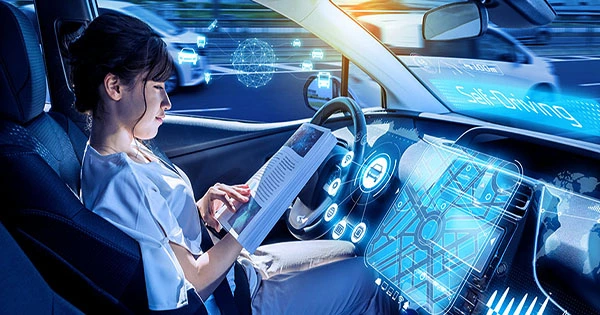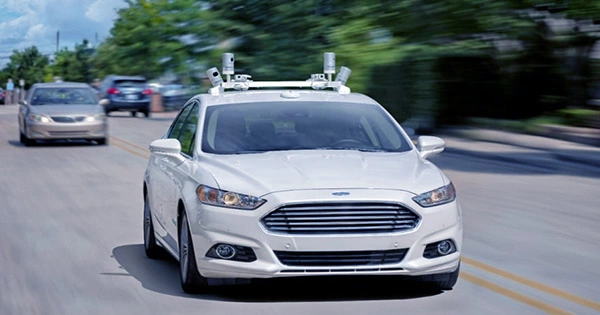Testing autonomous vehicles on public roads is a costly and time-consuming process that Raquel Urtasun, former chief scientist at Uber ATG, believes isn’t the most efficient way to get them to market. Waabi, Urtasun’s self-driving truck technology business that began last June, has released Waabi World, a high-fidelity closed-loop simulator that not only tests but also educates Waabi’s self-driving software in real time. Urtasun told TechCrunch, “Our simulator is both immersive and dynamic.”
“That means it can accurately represent the world in all of its diversity, beauty, and fidelity, as well as automatically build scenarios and stress test the Waabi Driver, as well as educate the Waabi Driver how to learn just by using the simulator.” The AV sector is no stranger to simulation as a means of shortening the time to market. Waymo, Cruise, Aurora, TuSimple, Tesla, and others have all emphasized the advantages of employing simulations based on real-world data to test their AV systems, particularly against made-up scenarios that the systems haven’t yet seen and cataloged in the real world.

That’s wonderful, but the industry’s current simulators “don’t give what is truly required to drastically minimize the amount of kilometers that you need to travel in the real world in order to test, develop, and implement this technology,” according to Urtasun. What is Waabi’s special sauce? According to Waabi, the simulator can create digital twins of the world from data, execute near-real-time sensor simulation, create scenarios to stress test the Waabi Driver, and train the driver to learn from its mistakes without the need for human interaction.
Most AV tech companies do something similar, but Waabi, according to Urtasun, has advanced the technology dramatically and in a way that is really AI-first and automated. Let’s take a closer look. According to Urtasun, Waabi’s competitors approach simulation by having artists produce three-dimensional CAD models of the world and assign material attributes to each object, such as trees and houses. The artists utilize automation techniques like procedural generation, which blend human-generated assets and algorithms to construct a larger artificial environment out of the little bits, or they use manual composition to create a scene.
Cruise, Waymo, and Aurora have all confirmed that they utilize a process comparable to Urtasun’s. “We take a totally different approach,” Urtasun explained. “We use artificial intelligence to construct digital twins from somewhere we’ve driven. We can reproduce that every time a vehicle is moving and gathering data, and we only have to see it once. As a result, this technique is significantly more scalable.” Waabi World, in other words, includes an AI system that takes raw sensor data and builds a digital twin for it automatically — no artists or procedural generation required.













